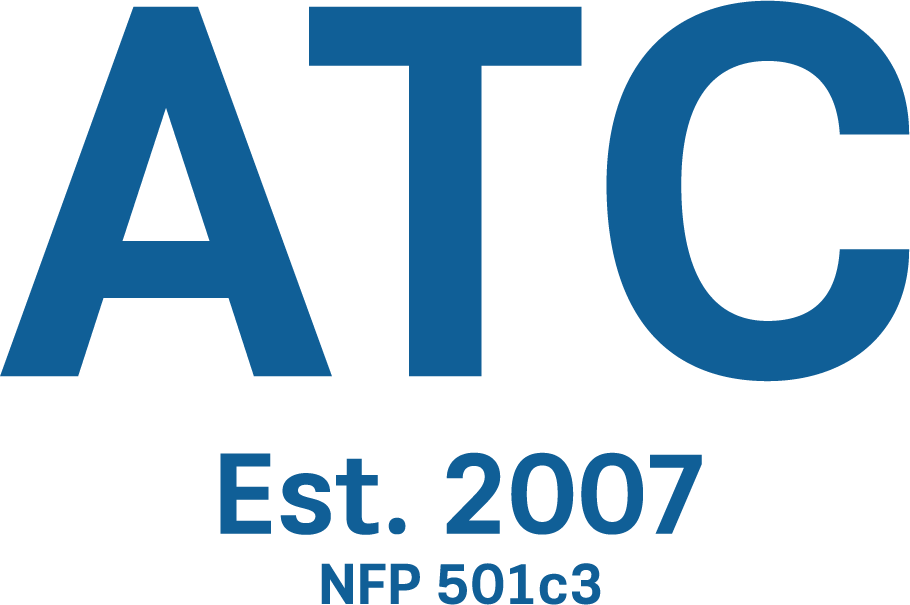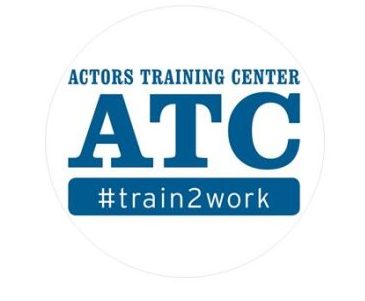Performers stepping out of their roles to pick up a pen (or tap a keyboard) has become less an anomaly than a necessity in the digital age. With numerous platforms available to showcase talent and promote your abilities, it’s a good idea to try working on your own content and to start building a portfolio of writing. Read more to learn why creating your own content is important!
“Some folks call it a sling blade; I call it a kaiser blade.” And if you’re like Billy Bob Thorton, you can take that and swing it into one hell of a career. Thornton’s 1996 Sling Blade not only earned him respect as an actor and director but also won him an Oscar for screenwriting.
This is only one instance of performers who have written their own content and parlayed their success into a dual careers both in front of and behind the cameras. Woody Allen wrote a number of screenplays suited to his neurotic New Yorker persona; Ben Affleck and Matt Damon built their careers off of the script for Good Will Hunting; and George Clooney, well, he just made everyone go “really!” when he wrote, directed, and acted in Good Night, and Good Luck, showcasing once again the depths of his talent.
Here’s why it’s a good idea to try working on your own content and to start building a portfolio of writing:
-
Writing and producing your own pieces gets you noticed. It’s just another way of showcasing your creative talents and it gives you the opportunity to be seen, because . . .
-
Writing and producing your own work means building your own opportunities. No more looking for the big break or finding the right people to work with. Writing your own pieces puts you in the driver seat.
-
Building your own projects creates networks that can pay off later. A small project for which you’ve chosen the right costars and support staff can turn into lifelong friendships where another person’s connection becomes your highway to success.
-
Let’s face it, in today’s world of social media good writing chops translate to popularity. Writing everything from fan responses to critiques of current trends is an art that can build a following and followings translate into notice in the right places.
-
Writing your own pieces allows you to play to your strengths. Whether you’re ambitious and writing full scripts or only trying to put together monologues for auditions, writing your own pieces can be a means of connecting emotionally to content or to tailoring a script to what you do best.
Before you start hacking away at the computer keys, understand that writing is a discipline and an art. If you decide to undertake writing your own content, take it seriously and learn your craft. You’ll find lots of helpful instruction online, in workshops, in books, and from fellow writers (a regular writers’ group is highly recommended). More than anything, know that you only get better at writing by writing . . . a lot. And revising . . . a lot!
As your skills improve, you will want to start putting together a portfolio of your written work in case you want to, or find yourself in a situation where you should, shop your material. Here are a few things you might want to have in your portfolio should the occasion arise:
-
A collection of pitches: Pitches tend to be about one-page and are good if the main idea you came to pitch doesn’t work out.
-
A microshort: Something less than 5 pages that has a single setting and few cast members.
-
A short: Something between 5 and 15 pages that uses 2 or 3 settings and no more than 5 or six cast members.
-
A few feature screenplays: These are the fully fleshed out scripts that you will probably shop around. Be sure to familiarize yourself with screenplay formatting before you start circulating your scripts.
-
Social Media Content: short scripts, interviews, critiques, response pieces, and other social content can be ways to show your range as a writer and performer, and they can always act as fallback projects during those dry spells.
—
Ivan Young is a writer from Happy Writers, Co. in partnership with recreational fabric retailer, Seattle Fabrics.





